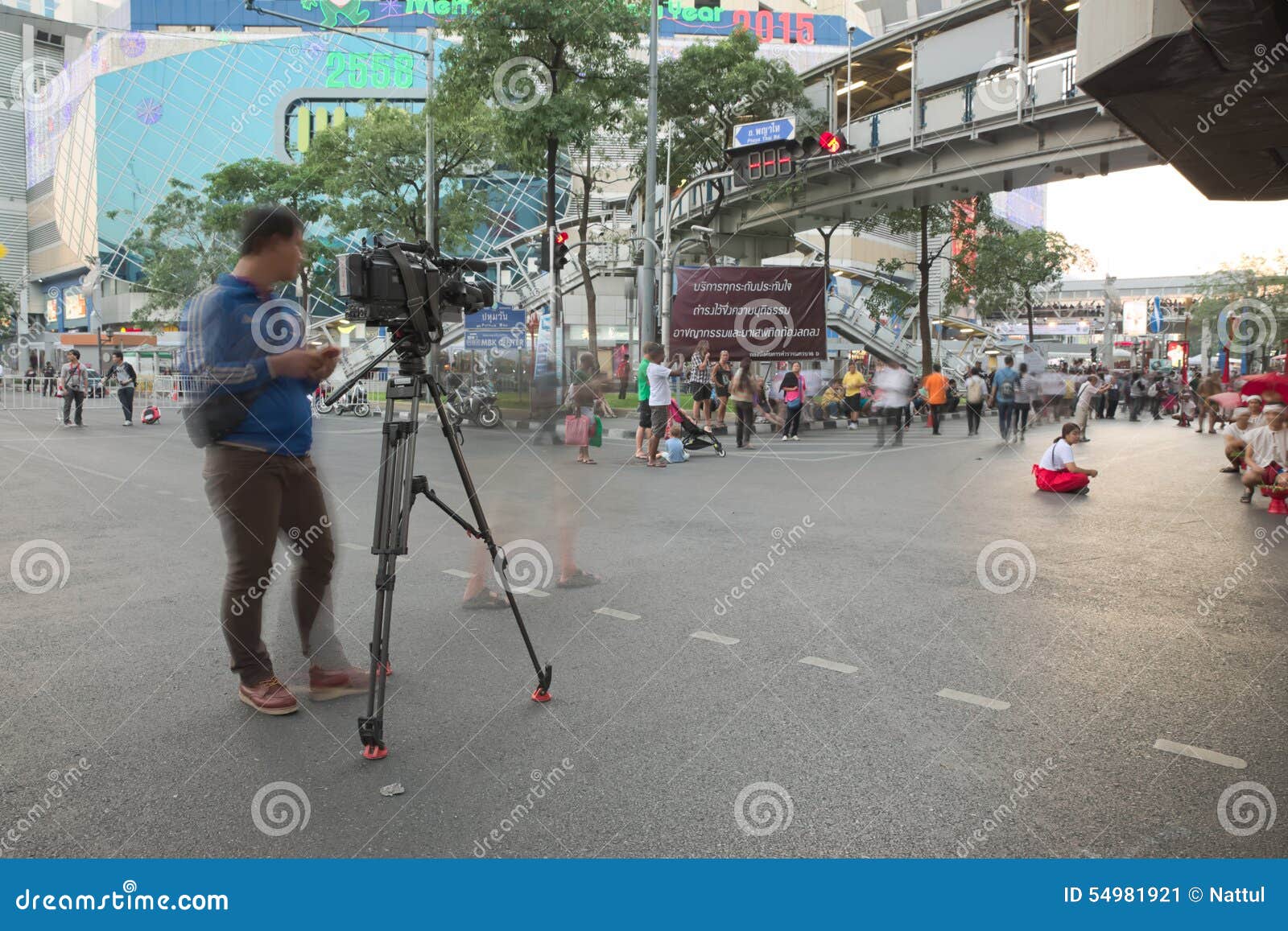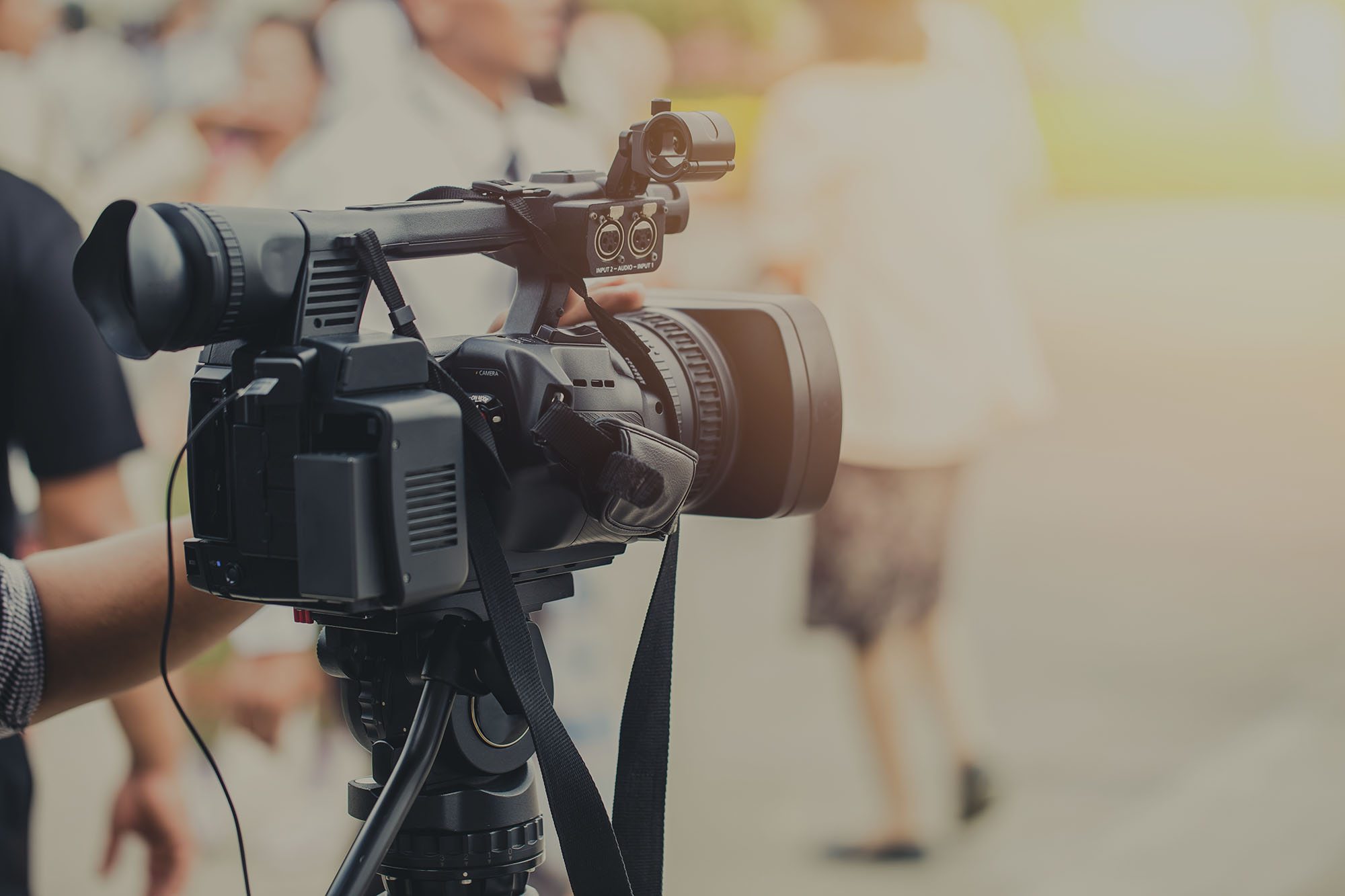

Using the two tools, you can say that you want your cameras on when you go out, off when you come home, but schedule them to work at specific times.

One of the most powerful ways of running security cameras is via a combination of geofencing and scheduling – if your cameras support it. So, if you want to have your cameras turn on at night, geofencing doesn’t give you this option and will assume that because you’re home, you want your cameras off. Secondly, geofencing often doesn’t take into account any other patterns you have. Likewise, cameras should turn off when the first person returns home, and not wait for the return of everyone. First, you need to make sure that your cameras respond to multiple phones so that they don’t turn on when one person leaves the home, but only when all people have gone. That’s the good news, but there are a few things to look out for. Geofencing at its best is can be brilliant, as it reacts to your location and enables and disables your camera based on need.

If your camera has geofencing as an option, your phone’s location can be tracked so that your camera is turned on when you’re out and off when you get home. Related: Best outdoor security camera Geofencing By itself, scheduling is a useful tool but one that’s probably too limited for most uses. With some models of camera, scheduling merely covers when notifications are sent to your phone but cameras keep recording automatically. Or, pop out at a different time when your camera is set to off and you won’t be recording anything.Īnd, be careful how scheduling actually works. So, go away on holiday, for example, and your schedule may shut your camera down while you’re away. The downside is that you lose some flexibility and your camera doesn’t respond to events. The upshot of this method of control is that you automate your camera to work as you want it to, and don’t have to remember to turn it on or off. Likewise, you can plan a bedtime routine, too. Say, for example, you always go to work at the same time and get back around the same time, you can trigger your camera to come on and off to suite that routine. This is a more useful option where you have a predictable pattern. Using the options, you can set when your camera is on and recording and when it’s turned off. Scheduling is the most basic form of camera control that you can have.
#CAMERAMAN KEPT RECORDING MANUAL#
Manual control is a useful feature, but one that leaves too much to go wrong.

If you forget, and your house gets robbed, then you’re out of luck as your camera will have missed all of the action. So, if you go out and forget to turn your camera on, you can use the app to quickly toggle it on. The benefits are that you get to control when your cameras are on and off, and you can usually do the job remotely, too. If you’ve got a camera that lets you toggle it on and off via the app, you can manually set your cameras to work when you want them and turn them off when you don’t. However, you may also want them to turn on at night when you’re in bed, recording what’s going on downstairs, for example. Internal cameras inside your house are a different matter and you’ll most likely want them to record when you’re out and turn off when you get home.
#CAMERAMAN KEPT RECORDING CODE#
You’re not likely to capture private moments, particularly for a camera covering the front, and you’ll always want to capture suspicious activity outside.ĭeal: Nest Cam IQ Outdoors for just £264.70 (use code POPUPOCT20 at the checkout) Largely, a camera placed on the outside of your home is best being left turned on. It’s worth starting with a look at internal and external cameras as two separate entities. Related: Best indoor security camera Inside or out? I’ll cover both the tools that are built into cameras, showing you where they’re good and where they fall down so that you can find the best options for you. Here, I’ll show you the best ways around the issues, letting you control your cameras so that they operate when need them and shut down when you don’t. You’d think that the tools that security camera manufacturers provide would be enough to combat the problem, but all too often, the options are too limited and don’t give you the flexibility that you need. Nobody wants to bug their own home, yet many internal security cameras are either left on constantly, generating a stream of pointless alerts and video clips, or turned off when they’re needed. As useful as security cameras are for protecting and monitoring your home, there’s always the issue of your own privacy.


 0 kommentar(er)
0 kommentar(er)
